So you are having lunch on a Sunday afternoon, bite into sandwich and end up with a missing crown. We see issue quite often and this can be a bit of a shock to many patients. So if you are stuck in this situation, without immediate access to a dentist, there are a number of things which can be done.
What can I do in the short term?
The first thing to do is to get the crown out of your mouth if it is very loose. The last thing you would like to happen is for the crown to fully dislodge and end up being swallowed or ending up as a choking hazard. While a crown which is swallowed will end up passing through the digestive tract with little concern, they are regarded as lost and cannot be recemented.
If possible, call your dentist immediately to arrange an appointment. Sometimes this may not be possible to see a dentist immediately, so in these cases it is best to keep your tooth clean, store your crown safely and organise an appointment as soon as possible. Typically a day or so wait will not cause any harm.
Keep your tooth as clean as you can by brushing it carefully with a soft brush and ensuring food and plaque does not sit around it. If your crown has come out with a post it is important to ensure food debris doesn’t fall into the center of the tooth. Some patients may experience some sensitivity to hot and cold, so these sorts of foods or drinks should be avoided if they trigger any pain.
To store your crown, brush it with a toothbrush and soak it in some miltons for 1-2 minutes. After some careful rinsing (be careful not to let it fall down the sink) store it in a small container or ziplock back to bring to your dentist.
Should I recement my own crown?
If it will be more than a couple of days until you are able to see a dentist or if you are concerned about having a visible tooth missing, it may be an option to temporary recement your crown as a emergency measure.
While it may be tempting, do not use super glue, krazy glue or any other sort of glues laying around the house. Not only can these cause damage to your tooth and ruin your crown, some of these glues contains cyanoacrylate which is poisonous if ingested. Dentists use dental cements and not glues to recement crowns. They are specifically designed to bond to tooth structure and seal out bacteria at the margins of your tooth to prevent further tooth decay.
Temporary dental cement is conveniently purchased at pharmacies and can be stored in the home for such dental emergencies. A number of brands exist but Dentafix appears to be one which is commonly found in Australia.
How to use a dental temporary cement:
- Remove as much of the old loose cement as possible without damaging the crown. Clean the inside of the crown with warm water or detergent and gently rinse afterwards.
- Dry the inside of the crown with a cotton bud or tissue
- Clean the remaining tooth structure where the crown is to be replaced. Avoid overdrying the tooth
- Mix the cement, apply it to the inside surface of the crown and sit it onto the tooth
- Wipe off any excess cement and avoid eating on the tooth for 2-3 hours
- Consult a dentist as soon as possible
If you decide to recement your crown temporarily avoid applying pressure on the tooth and keep the area as clean as possible until you see your dentist. Temporary dental cements are very weak cements which will eventually dissolve with time; they are not a replacement for seeing a dentist.
Why did my crown fall out?
Like everything in life and in dentistry, nothing lasts forever; this is certainly true for crowns. Crowns typically last anywhere from 5-15 years but can last longer or shorter depending on the level of care.
If a crown falls out there may be an issue with the underlying tooth structure or the crown itself.
Typically the most common reasons crowns fall out are due to:
- Tooth Decay – Crowns are placed to reinforce heavily filled teeth and prevent them from fracturing; it is a false assumption that crowns prevent tooth decay. The margins of the crown where they meet your natural tooth structure can be susceptible to bacterial leakage in patients with poor diets or those who do not look after their teeth. Over time this leakage can result in the formation of a gap and decay spreading underneath the crown. If the underlying tooth structure is compromised enough, the crown will loosen and eventually fall out.
- Trauma – The force from a large and sudden blow (e.g. biting down on hard foods or sporting injury) can unseat a crown. In these instances, the damage can vary from chipping of the crown, dislodging of the crown or fracturing of the underlying tooth structure or root.
- Grinding or heavy bite – Tooth grinding can place your teeth under significant forces. Repeated stresses by these forces can be enough to cause a crown to dislodge.
If your crown repeatedly falls out after a number of recementations by your dentist, this may be a sign that the remaining tooth structure is too weak or the fit of your crown may no longer be adequate. In these case further treatment may be required.
What will my dentist do?
If your crown has come off with no sign of damage to either the crown or the underlying tooth, your dentist may simply remove the old cement, clean and disinfect your crown and recement it. This however can not be guaranteed in all circumstances.
If there is decay underneath the crown or if the underlying tooth structure is damaged or fractured, this will complicate things. If this is the case your dentist may suggest a new crown if the old one is of a poor fit and cannot be recemented.
Ultimately, see your dentist as soon as possible and ask them what your options are.


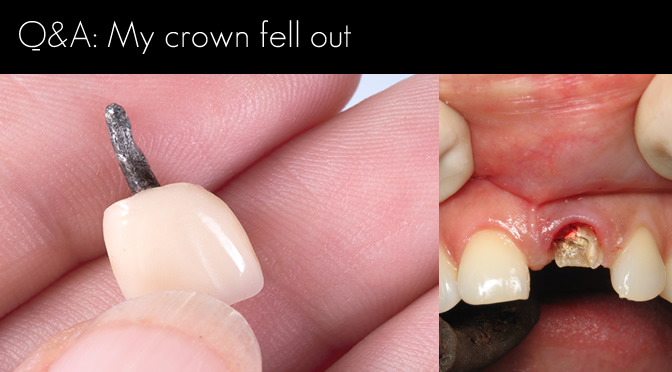

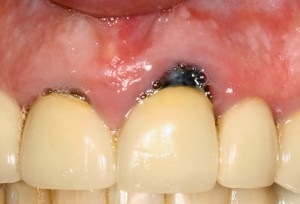
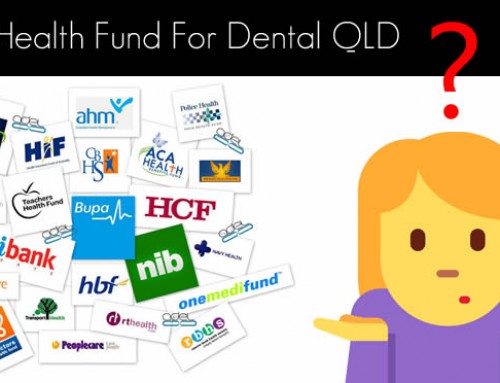
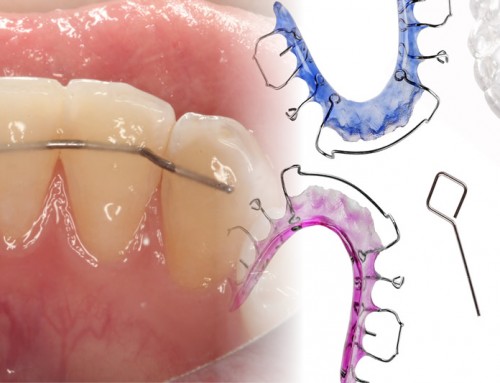
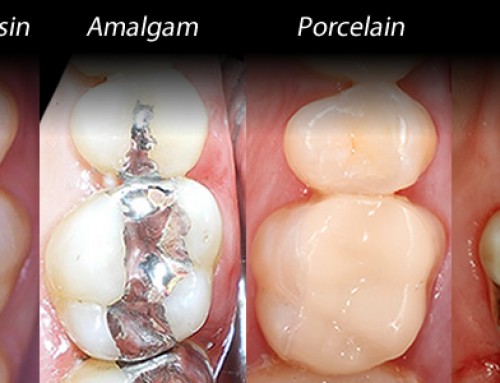
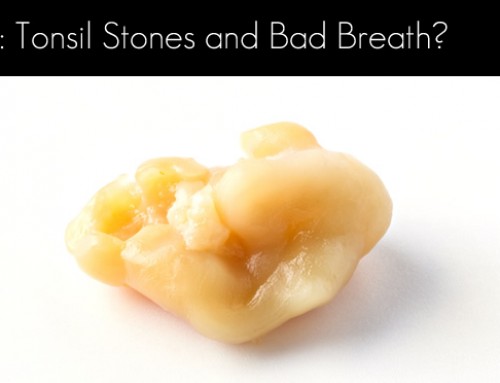
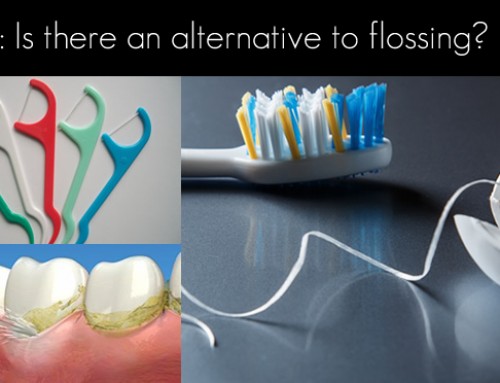
Leave A Comment